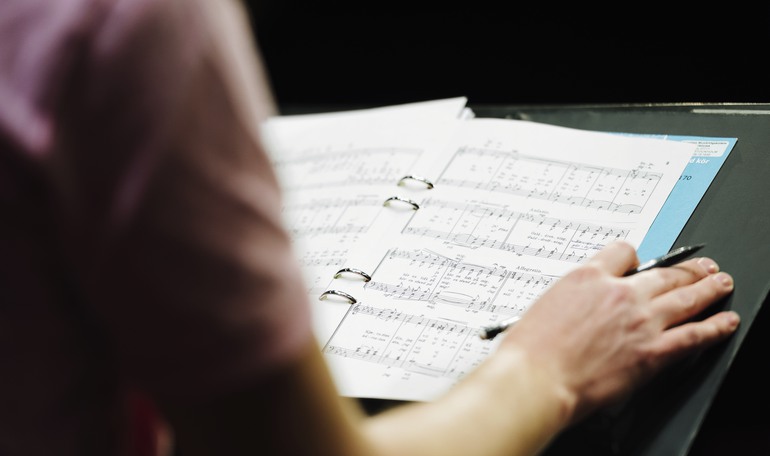
Eric Ericsson – musical knowledge development
The project examines the artistic and educational work of choir conductor Professor Eric Ericson; how his professional practice continues to have an impact on today's musical life and education, as well as what his contributions to knowledge are for the future.
Project manager and accountable authority: Cecilia Rydinger, KMH
Co-applicants: Per-Henrik Holgersson, senior lecturer in Music pedagogy at KMH and Pia Bygdéus, senoir lecturer in Music pedagogy at Linnaeus university
Funder: Marcus and Amalia Wallenberg Memorial Foundation
Project period: 2022-2024
Purpose and research questions
The purpose of the project is to investigate, make visible and verbalize Eric Ericson's artistic and educational work. The following research questions have been formulated:
- How can Eric Ericson's artistic and educational work be analyzed, interpreted and understood?
- In what ways did Eric Ericson impart musical knowledge?
- How and in what ways has Eric Ericson contributed to collective memory in choral singing?
Method
Data collection in this project covers written as well as audiovisual material at the Royal Library in Stockholm, Sweden. In addition, qualitative interviews are conducted with choir conductors, singers and/or educators in higher music education.
Intended outcome
The project Eric Ericson – musical knowledge development intends to result in new knowledge and is communicated through:
- conference presentations,
- scientific article publication,
- a popular science publication (book), containing tools for educators and students within the framework of music education work, as well as the interested public, fellow conductors and choir singers. The publication intends to consist of parts from the project and be made available in Swedish and in English.
Implications of the project encourage further research into Eric Ericsson's artistic and pedagogical influence, and into musical learning for the future.
The project intends to be a valuable contribution to the choral art's collective memory, edge and width and to be further developed "by its tremendous inner dynamics and by its mediation of fellow humanity" (Eric Ericson, 1987).
